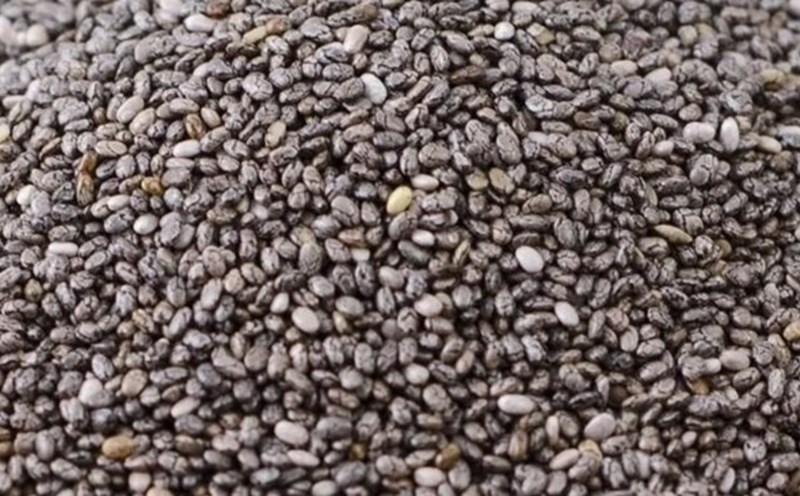Eat both red and white meat
Elderly people are prone to malnutrition, weak bones and muscles. As we age, we eat less, so we need to pay more attention to adequate nutrition.
Elderly people should follow the principle of small quantity and variety when eating meat. Many types of meat can increase the promotion of fat loss in the body.
The elderly's diet should be full of fish, milk and eggs, adding meat foods every day is appropriate.
Older people who are more active can eat more, up to about 75 grams of meat per day. People with chronic diseases such as high blood fat and diabetes should eat less red meat.
Fish is a soft meat, easier to digest and absorb than livestock and poultry meat; the fat content in fish is low, more suitable for preventing cardiovascular and cerebrovascular diseases, reducing belly fat. Regularly eating fish can also enhance brain function.
Balanced portion of three meals
Evenly distributed portions over three meals may allow the liver to synthesize albumin steadily and allow the anabolic reaction to function stably.
Supplement with adequate animal protein and foods high in antioxidants.
Animal protein foods contain essential amino acids for the human body. Antioxidant foods can eliminate free radicals in the body and slow down the aging process.











